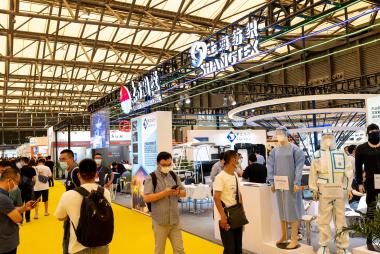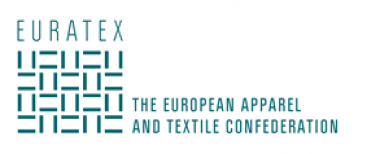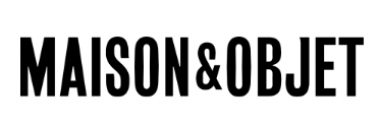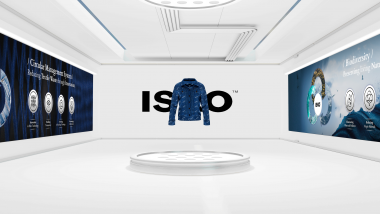Promising conditions for Cinte Techtextil China in September
Promising conditions in the technical textiles and nonwovens market are expected to provide ample opportunities for suppliers at this year’s Cinte Techtextil China. The fair, which last year saw 366 exhibitors and 14,868 visits, will take place from 6 – 8 September 2022 at the Shanghai New International Expo Centre. Flexible exhibiting options will once again be available for overseas companies.
Ms Wendy Wen, Senior General Manager of Messe Frankfurt (HK) Ltd, explained the positive conditions that exhibitors should expect at the fair thusly: “The pandemic has led to a surge in Chinese exports of both technical textiles and nonwovens, the latter in particular. The country remains the largest supplier of nonwovens, comprising one-third of the global total, yet still requires the advanced offerings of overseas machinery suppliers, as well as supplies of raw materials, to support its export production.”
Ms Wen continued: “Domestically, China is seeing increasing consumption of functional apparel, sportswear and personal protection items. Heightened health and sanitary regulations and new hygiene habits will also continue to drive demand, especially for nonwovens, well into the future. There has also been a post-pandemic boost in demand for filter, greenhouse covering and high-density fabrics amongst others. All of this adds up to a wealth of opportunities for overseas companies to take advantage of, as was experienced in the 2021 edition of the fair.”
Exhibitor and visitor experiences in 2021
“Our organisation promotes US cotton and we hope to use this platform to meet more companies and brands in the nonwovens industry who are interested in US cotton, and to meet up with old friends to discuss the current situation and industry trends. We also found some new potential clients this time.” Mr Eric Ni, Senior Manager, China Supply Chain Marketing, Fabrics, Garments and Nonwovens, Cotton Council International, USA
“Cinte Techtextil China is a professional exhibition that brings together cutting-edge technologies and products, allowing us to quickly learn about innovative technology trends in the industry. I’ve been particularly impressed by the biodegradable products in the Innovation Showcase. In addition, I am sourcing mask-related products and mops, and I have found some companies that I’m interested in.” Ms Claire Zhang, Senior Scientist, Personal Health, Philips Research China, Philips (China) Investment Co Ltd, China
Messe Frankfurt (HK) Ltd.




































